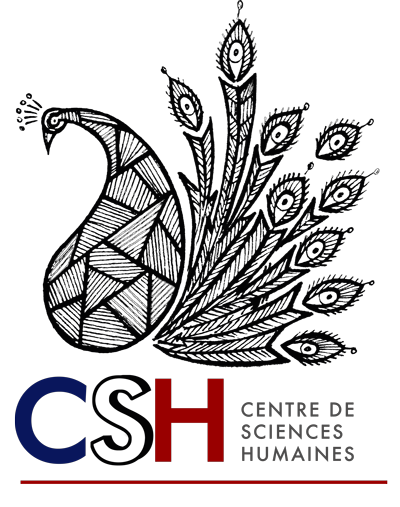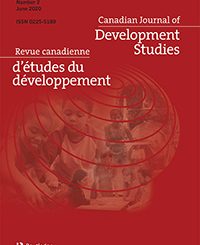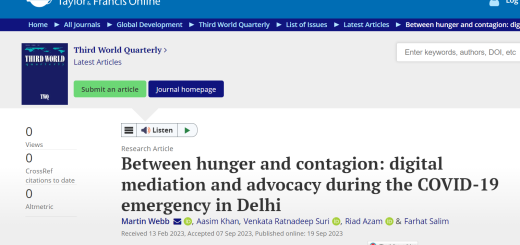A spatial agent-based simulation model of the dengue vector Aedes aegypti to explore its population dynamics in urban areas – By Eric Daudé and Somsakun Maneerat – May 2016
MOMA (Model Of Mosquito Aedes) is a spatially explicit agent-based simulation model of Aedes aegypti female mosquito, the dengue vector. The model aims to produce statistical data on mosquito behaviours and population dynamics that are difficult to obtain through field surveys such as population densities in various geographical and climatic conditions. It can also be used to explore effects of vector control strategies on population dynamics. The model simulates adult mosquitoes as ‘agents’ which interact with their local environment. The latter provides resources for their biological development and can also constrain their flight or egg-laying behaviours. Variations in environmental configurations such as land-use and climate make it possible to explore the dependence of mosquito population dynamics on the context. This paper gives a detailed description of the model’s various components and the overall approach used to calibrate and validate it. Study of simulated mosquito behaviours reveals the model’s ability to produce the mosquito’s realistic life cycle. The mosquito cohort’s flight distance in various urban landscapes is also explored. The latter represent a developing neighbourhood in Delhi (India) processed using a Geographical Information System (GIS). The initial results reveal a significant relation between urban topology, human densities and adult mosquito flight
Article here









